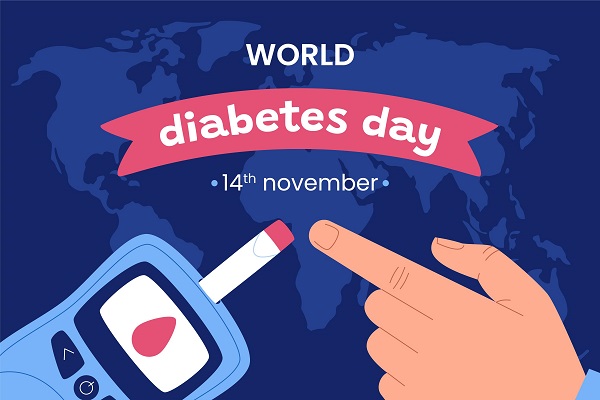Contributed by: Healthians Team
Without a doubt, the liver is one of the most important organs of the body, and believe it or not, it is the only organ that can heal itself or regenerate. The liver controls the majority of chemical levels in the blood and excretes bile, which in turn The bile aids in the removal of waste material from the liver. The liver filters all of the blood that leaves the stomach and intestines. It also acts as a storage depot for blood, while breaking down, balancing, and creating nutrients. The liver also metabolizes medications in ways that are easy to use or nontoxic for the body.
As resilient as the liver is, yet it’s still prone to a variety of illnesses and afflictions that can not only put a dent in your daily routine but can prove to be fatal in extreme cases. One such liver condition is known as liver cirrhosis or cirrhosis of the liver.
What is cirrhosis of the liver?
Cirrhosis is a form of chronic liver disease characterized by extensive scarring of the liver and reduced liver function. Long-term exposure to contaminants including alcohol or viral infections is the most common cause of scarring. The scar tissue slows the liver’s ability to absorb nutrients, hormones, medications, and natural toxins by blocking blood flow into the liver. It also decreases the liver’s intake of proteins and other compounds. Cirrhosis impairs the liver’s ability to function correctly over time, and in its late stages can be fatal.
Cirrhosis of the liver, according to scientists, happens in one of every 400 adults in the United States. Cirrhosis affects around one in every 200 people aged 45 to 54, the age group that is the most vulnerable to this illness Cirrhosis is the seventh leading cause of death in adults 25 to 64 years old in the United States, accounting for around 26,000 deaths per year.
Cirrhosis occurs when liver-damaging conditions (such as alcohol and untreated viral infections) remain persistent for an extended period of time. The liver gets damaged and scarred as a result of this. Cirrhosis may develop as a result of a scarred liver’s inability to function properly.
The liver shrinks and hardens as a result of cirrhosis. This makes it impossible for blood, rich in nutrients to reach the liver from the portal vein. The portal vein is a blood vessel that connects the digestive organs to the liver. When blood cannot flow through the liver, the pressure in the portal vein increases.
What causes cirrhosis of the liver?
Unlike other liver conditions, cirrhosis of the liver happens mainly due to external factors, i.e. excessive use of alcohol, unprotected sex, and substance abuse. However, certain comorbidities, such as viral hepatitis, obesity, diabetes, and previous liver diseases also contribute to the onset of liver cirrhosis.
A prevalent urban myth that cirrhosis of the liver is akin to cancer needs to be debunked as well. Liver cirrhosis is not cancer, however it can lead to liver cancer especially in patients who are suffering from Hepatitis B and C. If you’ve been diagnosed with liver cirrhosis, you’re dealing with a late-stage liver condition, and the harm already done is irreversible. Cirrhosis can be caused by a variety of liver diseases and their complications. It could be possible to delay or halt the progression of the liver disease or complications if caught early and successfully treated.
Symptoms of cirrhosis of the liver
Cirrhosis symptoms appear when the liver is unable to purify the blood, break down toxins, create clotting proteins, and aid fat-soluble vitamin absorption. Symptoms do not usually appear until the condition has worsened. The below are some of the signs and symptoms of liver cirrhosis:
- Reduced appetite
- Loss of weight
- Skin itching
- Fatigue
- Jaundice
- Impotency
- Swelling of the abdomen
- Legs swelling
Diagnosis of cirrhosis of liver
Cirrhosis is diagnosed by a thorough medical history and physical examination. A full medical history will be taken by the doctor. Long-term substance abuse, hepatitis C exposure, autoimmune disease family history, and other risk factors can be revealed in the medical history. The physical examination may reveal symptoms such as:
- Redness in the palms
- Small testicles
- Reduced alertness
- Pale skin
- Spleen or liver enlargement
Besides the physical examination, there are several tests that can confirm the presence of cirrhosis of the liver. These include:
- Abdominal MRI
- Abdominal CT scan
- Liver biopsy
- Liver function tests
- CBC (complete blood count)
- Upper endoscopy




